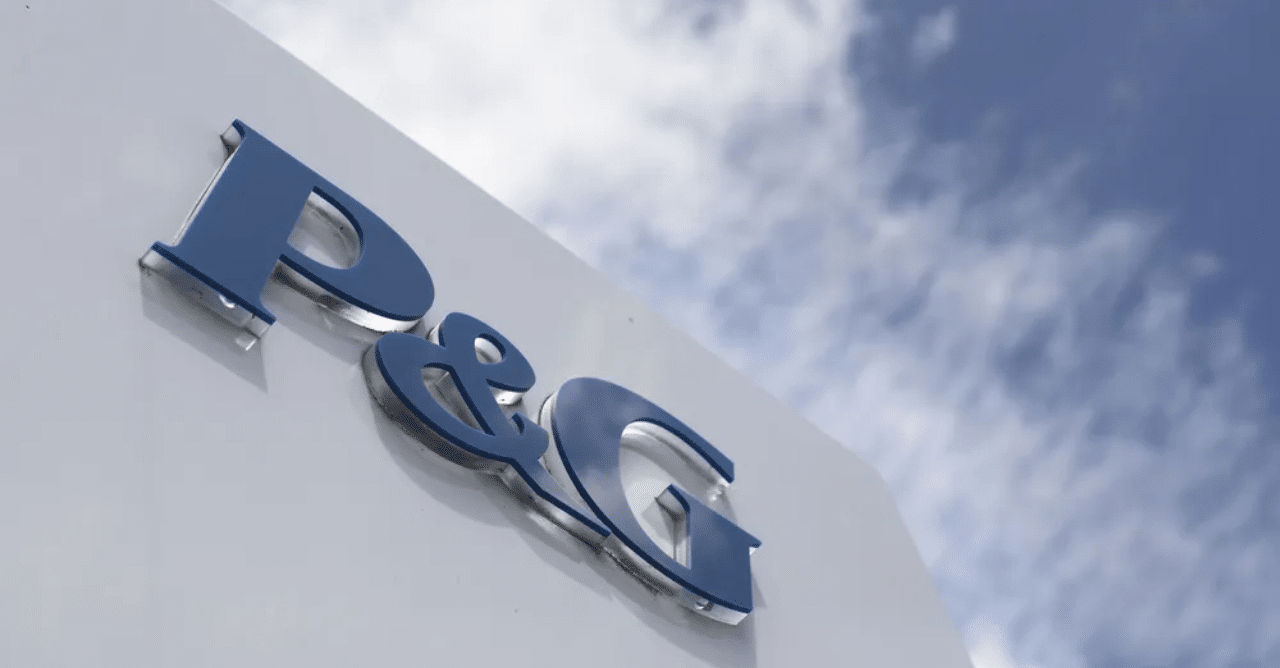Procter & Gamble reports decline in quarterly sales amid U.S. and China market challenges
Economic uncertainty in the U.S. and weak demand in China lead to a second consecutive drop in sales for P&G, as the company maintains its annual growth forecast

Procter & Gamble (P&G) reported an unexpected decline in quarterly sales for the second consecutive time, driven by weaker demand in the U.S. market, its largest, and a decline in Chinese consumer interest in its products.
To reassure investors, P&G’s chief financial officer, Andre Schulten, stated on Friday that there were “no indications that the consumer is not with us”. Despite this, shares of the company remained flat by the end of trading on Friday.
According to analysts and investors, economic uncertainty in the U.S. market, which makes up nearly half of P&G’s total sales, has led some lower-income consumers to shift toward competitors offering discounted products and private-label brands. Organic sales growth in North America slowed to 4% in the first quarter, down from 7% in the same period last year, as price increases lost effectiveness while volumes rose slightly.
P&G’s baby, feminine, and family care segment, which includes the well-known diaper brand Pampers, experienced a 2% decline in sales during the quarter. Meanwhile, its beauty segment, which features the struggling Japanese skincare brand SK-II, saw a 5% drop in sales.
“Consumers aren’t feeling good out there after the bout of inflation we’ve had over the recent years, so we need an improvement in sentiment… for a company like this to do better”, commented Don Nesbitt, senior portfolio manager at F/m Investments, which holds a stake in P&G.
Despite the disappointing results, P&G maintained its forecast for the upcoming year. Louise Dudley, portfolio manager at P&G investor Federated Hermes, noted: “Pricing initiatives by the company didn’t fully translate into the quarterly sales growth the street expected”. Dudley added that P&G is viewed as a key indicator of consumer behavior and delivered results that were generally in line with expectations, suggesting that little has changed in the company’s outlook.
In a related trend, Nestlé, another consumer goods giant, recently highlighted the continuation of weak demand, particularly in weaker economies like those in Latin America, and lowered its annual sales forecast.
In China, P&G’s sales volumes were hurt by a prolonged property crisis and rising youth unemployment. The company reported a 15% decline in organic sales in the country, as anti-Japanese sentiment weighed on its high-end SK-II skincare brand. China is a major contributor to P&G’s international revenue, which accounts for more than half of its total sales.
“China, as we had expected, continues to be softer from a consumption standpoint… the market continues to be weak and will be weak… for a number of quarters to come”, Schulten said. He added that P&G plans to introduce new and improved products in the second half of the year to drive growth and strengthen its core business.
P&G is also working to revitalize parts of its beauty segment, including the Olay brand, with its dissolving face wash cubes, called Melts, performing well. The company is also expanding the production of Tide Evo, an eco-friendly laundry detergent in tile form, with plans to launch it across the U.S.
Additionally, the company is relaunching its Luvs diaper brand, which could potentially boost its baby care segment, according to Michael Ashley Schulman, chief investment officer at Running Point Capital, an investor in P&G.
Brian Jacobsen, chief economist at Annex Wealth Management, noted that U.S. consumer growth had been a significant driver for P&G in recent years, but now “that is trickier due to the competitive landscape in the US, especially with the consumer revolting against price hikes”.
P&G also pointed to volatility stemming from China and the Middle East as significant challenges. The company has faced consumer boycotts in some countries due to perceived ties to Israel amid broader calls for boycotts of U.S. brands.
For the first quarter, P&G reported a 0.6% decline in net sales to US$21.74 billion, missing analysts’ estimates of a 0.2% increase to US$21.91 billion. However, the company reaffirmed its annual forecast, projecting organic sales growth of 3% to 5% and core earnings per share between US$6.91 and US$7.05.
Despite years of steep price hikes, P&G reported a modest 1% increase in average prices across its product categories and a 1% rise in overall organic volumes for the quarter. Higher prices helped the company report an adjusted profit per share of US$1.93, slightly exceeding analysts’ expectations of US$1.90, according to data compiled by LSEG.

.jpg)



